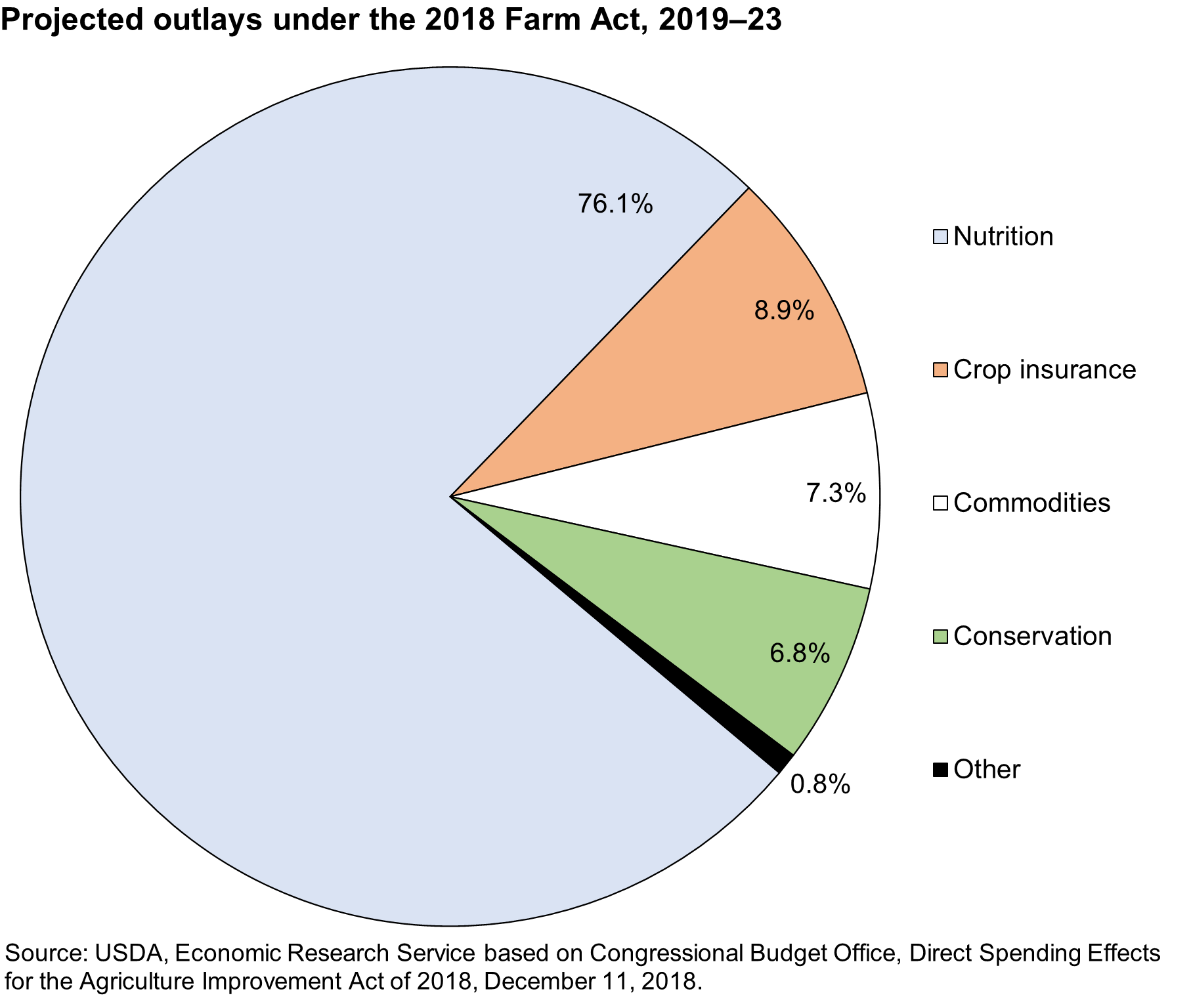Farm Advocates on Federal Funds, Tariffs, and the Farm Bill; Part 2

Washington D.C. has a goal of updating the United States Farm Bill every five years. The last Farm Bill passed in 2018 though, and has now been extended twice… with the current deadline set for Sep. 30, 2025. There’s been some one time expenses appropriated for the agriculture industry, but lawmakers and farmers are eager to get something fully updated on the books.
“Farm Bill is the lifeline of the agriculture industry,” Bailey Fisher said, federal affairs specialist with the Pennsylvania Farm Bureau.
The legislation updates many of the program rates that farmers use every day. This includes things like crop insurance, conservation grants, and commodity rates— like how a dairy farmer gets federal money if milk prices in the market fall below a certain threshold.
By updating the bill every five years, lawmakers adjust those thresholds, insurance details, and more to match the economic status quo.
Not everything in the bill is dirt and tractors though; the Farm Bill also sets the rates for the Supplemental Nutrition Assistance Program (SNAP), and other nutrition programs
“People talk about the farm bill as though it's just for farmers, but the bulk of the spending in the farm bill is for nutrition,” Stephanie Mercier said, the lead policy analyst for Farm Journal Foundation. "I think something in the range of 80% by now.”

Budget constraints and disputes over where agriculture money should be spent have stalled passage of the Farm Bill.
Farmers want to see an increase in their commodity rates and other programs, which requires more funds. Advocates for SNAP dependents maintain that need for funds stays consistent.
The GOP controlled Congress is trying to cut spending. The House budget resolution initially called for $230 billion in cuts over the next 10 years.
With a static budget, any increases to farmer funding, results in limits on nutrition programs... and vice versa.
“There’s four main pots of spending in this bill, and the fact that there's no agreement on what the division of funding should be between them is why we're two years into a farm bill process without a new one,” Mercier said.
With welfare programs pitted against tight budgets, the bill has become political. The Farm Bill requires 60 votes to pass the Senate. In the narrow House, the Farm Bill can get ‘no' votes from more fiscally conservative Republicans— which requires leadership to present a bill that gets at least some Democrat support in the lower chamber.
Mercier says there has been some speculation of the GOP doing political maneuvering.
“There may be some conversations about, can a portion of the Farm Bill be incorporated into the reconciliation bill,” Mercier said. “Budget reconciliation doesn’t require 60 votes in the Senate."
The move could let the more contested Farm Bill policies— like higher reference points— bypass the need for Democrat votes. An actual Farm Bill would still be required to pass, as budget reconciliation is limited on what is allowed.
Congressman Glen Thompson (R-PA), chair of the House Agriculture Committee, put out a bill in the summer of 2024. His office is working on a draft for this session.
“We’ve got a farm bill coming that’s going to help farmers, families, and consumers,” Thompson said in a recent interview.
Thompson mentioned several priorities on his mind for the bill, including keeping programs friendly for small and medium sized farms, expanding resources for specialty crops, and updating crop insurance policy.
"We’re actually writing into the policy a little bit of disaster assistance when you buy out a crop insurance policy,” Thompson said. “That way if something hits your farm, the assistance is quicker and more responsive."
An increase to agriculture research funding has received bipartisan support.
“It’s the only spending in the farm bill that has a return on investment,” Mercier said. While nutrition programs and farmer supports are wealth transfers (tax payer money is given to a smaller group for an assortment of identified purposes), she says advancements in agriculture research lead to more efficiency and progress in the industry itself, which can expand or open new revenue sources.
“Other country’s research facilities and universities are way, way down the road in terms of technology and advancements and research, and we’re just trying to play catch up,” Fisher said.
“We are falling behind our competition,” Mercier said. “and the ability to innovate and for farmers to adopt new practices and new technologies is part of what’s given them an edge internationally over the years, and if we’re not going to spend that money we’re going to lose that edge."
Agriculture research falls into the >1% other funding in the Farm Bill.

